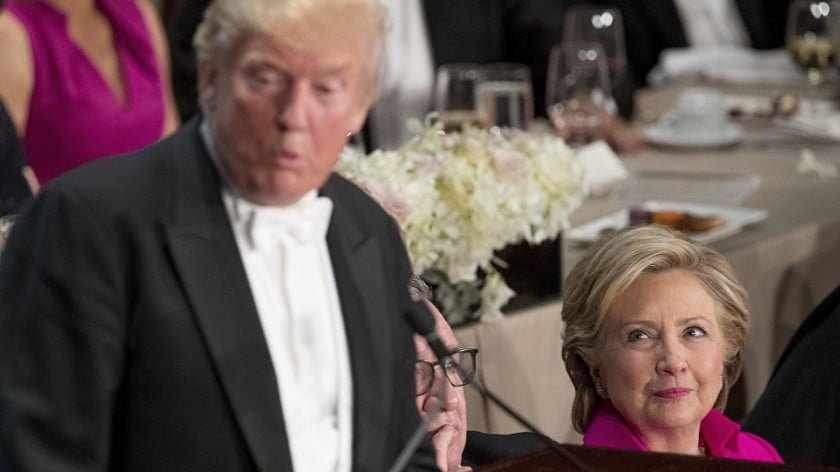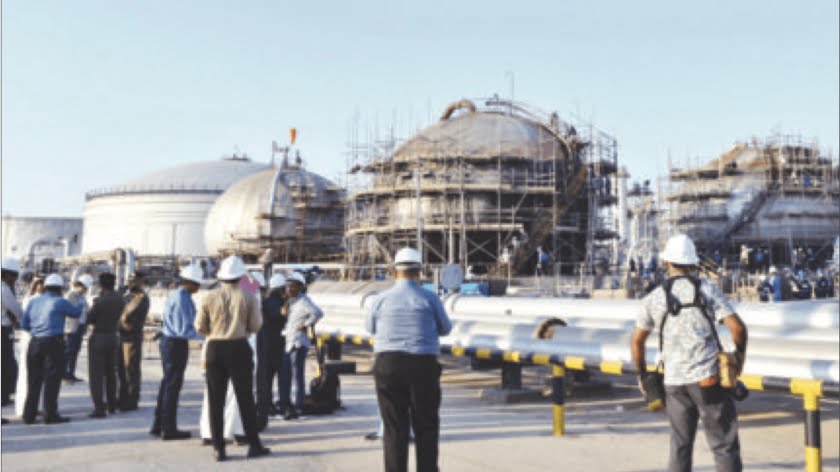As US Deploys Anti-Missile System, China Warns of Nuclear Arms Race
The US has begun the installation of its Terminal High Altitude Area Defence (THAAD) anti-ballistic missile system in South Korea, provoking an angry reaction from China, which warned that it could trigger a nuclear arms race in the region. The provocative move will heighten the already tense situation on the Korean Peninsula as the US and South Korea engage in huge annual war games.
Two trucks, each mounted with a THAAD launch pad, were landed aboard a C-17 cargo plane at the US military’s Osan Air Base, south of Seoul, on Monday night. According to South Korean military officials, more equipment and personnel will arrive in the coming weeks. The THAAD battery installation is likely to be completed as early as May or June.
US officials exploited North Korea’s test launch of four ballistic missiles on Monday morning as the pretext for commencing the THAAD installation. However, the final go-ahead for the THAAD deployment, which was agreed by South Korea last July, occurred last week when the South Korean government acquired the planned site in a land swap deal with the conglomerate Lotte.
Washington also insists that the THAAD placement is purely defensive and needed to counter North Korea’s nuclear arsenal. In reality, the THAAD system is offensive in character. It is an important component of an expanding US anti-ballistic missile system in Asia that is primarily aimed at preparing for nuclear war against China, not North Korea.
US imperialism, which has an estimated 4,000 nuclear warheads, has never ruled out a first nuclear strike and is spending $1 trillion to upgrade its nuclear weapons and delivery systems. Its anti-ballistic missile systems are designed to neutralise the ability of any enemy to retaliate in the event of a US nuclear attack. The Federation of American Scientists estimated that China had about 260 nuclear warheads as of 2015.
The THAAD system is designed to intercept incoming ballistic missiles at high altitude. It consists of a powerful X-band radar system to track missiles at long range, linked to truck-mounted interceptors designed to destroy a hostile missile in flight. In the event of war with China, the THAAD system would not only protect key US military bases in South Korea and Japan. Its X-band radar could detect and track missile launches deep inside the Chinese mainland.
Chinese foreign ministry spokesman Geng Shuang yesterday reiterated Beijing’s opposition to the THAAD deployment. Geng warned that China would “take necessary measures to defend our security interests and the consequences will be shouldered by the United States and South Korea.”
Russia also condemned the THAAD installation. Victor Ozerov, who chairs Russia’s Federal Defense and Security Committee, branded the deployment as “another provocation against Russia” aimed, if not at encircling Russia, “then at least to besiege it from the west and the east.”
The Chinese government has already taken retaliatory moves against South Korea, closing more than 20 stores owned by Lotte in China on the pretext of safety violations, and has advised travel agents not to sell South Korean packages to Chinese tourists. The state-owned media has suggested a wider boycott of South Korean goods and even the severing of diplomatic relations with Seoul.
A commentary in the official Xinhua news agency warned that the THAAD deployment “will bring an arms race in the region.” Hinting that China would enlarge its nuclear arsenal to counter the US anti-ballistic missile systems, it declared: “More missile shields on one side inevitably bring more nuclear missiles of the opposing side that can break through the missile shield.”
The suggestion that China could expand its nuclear arsenal only underscores the reactionary character of the Chinese regime’s response to the escalating economic and military threats by the Trump administration. The Chinese Communist Party represents the interests of an ultra-rich oligarchy, not Chinese workers and the poor. Its military build-up and whipping up of Chinese nationalism heightens the danger of war and divides the working class.
A nuclear arms race between China and the United States would be profoundly destabilising in Asia and the world. An expansion of the Chinese nuclear arsenal could prompt South Korea and Japan to develop their own nuclear weapons, and encourage India to enlarge its nuclear arsenal, exacerbating tensions throughout South Asia, particularly with Pakistan.
The Trump administration has targeted China, warning of trade war measures, threatening military action against Chinese-controlled islets in the South China Sea and suggesting it could tear up the “One China” policy that forms the bedrock of US-China relations.
Trump has repeatedly accused China of not imposing crippling sanctions on its ally North Korea to force it to abandon its nuclear weapons and missiles. The White House is currently engaged in a review of US strategy toward North Korea, details of which have been leaked to the media, including proposals for pre-emptive military strikes on North Korea and regime-change operations.
North Korea provides a convenient pretext for the US military build-up in North East Asia against China. The New York Times reported that one option under consideration is the return of tactical nuclear weapons to South Korea—adjacent not only to North Korea, but also China.
Trump has already outlined a huge expansion of the US military and has tweeted that the US has “to greatly strengthen and expand its nuclear capacity.” Moreover, the US strategy is shifting from the use of nuclear weapons as a last resort to the active consideration of a limited nuclear war.
North Korea is rapidly emerging as a dangerous global flashpoint. A small incident, either accidental or calculated, has the potential to trigger a catastrophic conflict on the Korean Peninsula that would draw in nuclear-armed powers such as China and Russia.
The only social force capable of halting the drive to world war is the international working class, through building a unified anti-war movement based on socialist principles to put an end to capitalism and its outmoded nation-state system, which is the source of war.
By Peter Symonds
Source: World Socialist Web Site







